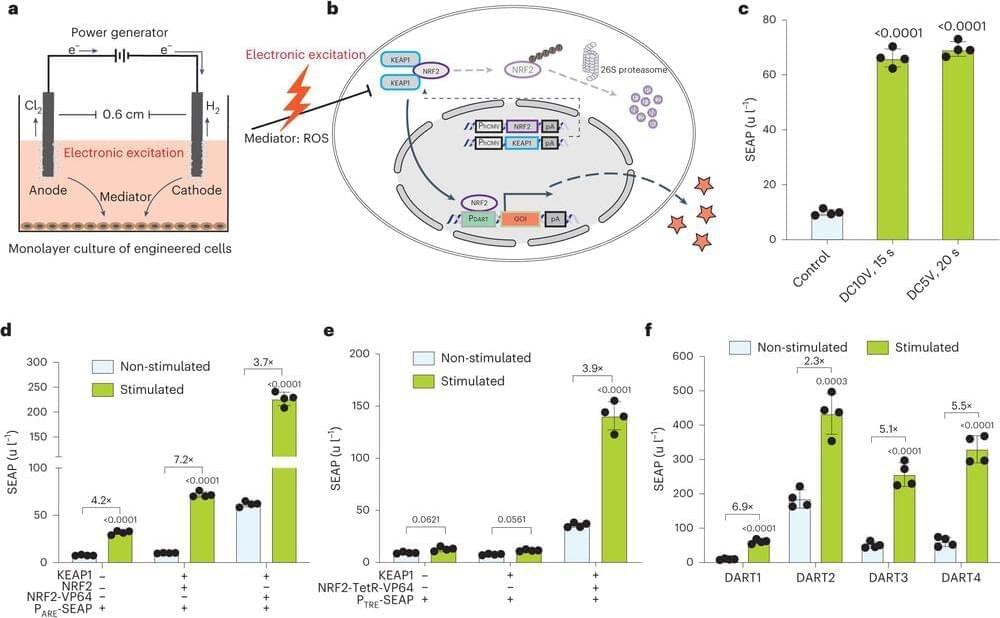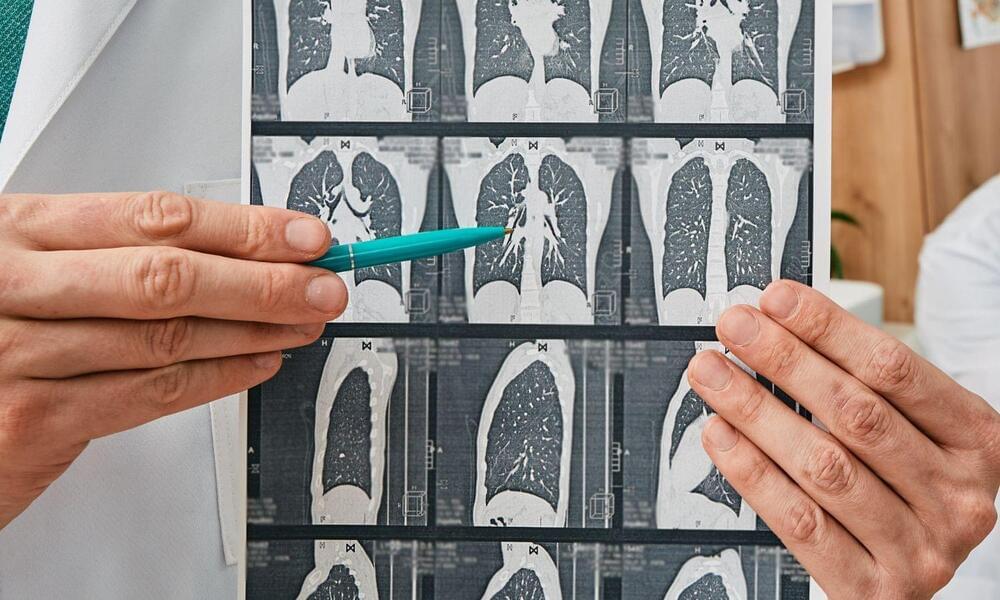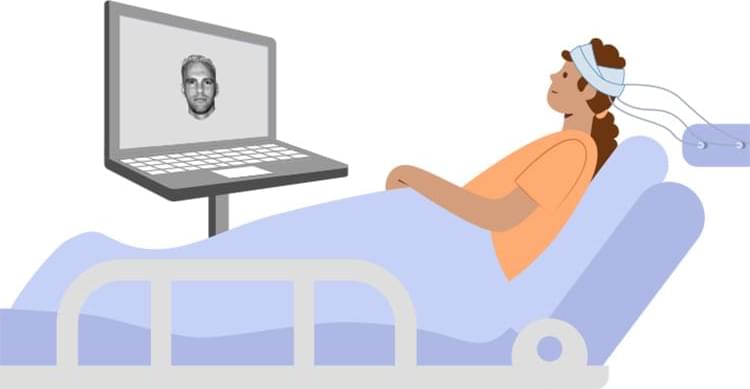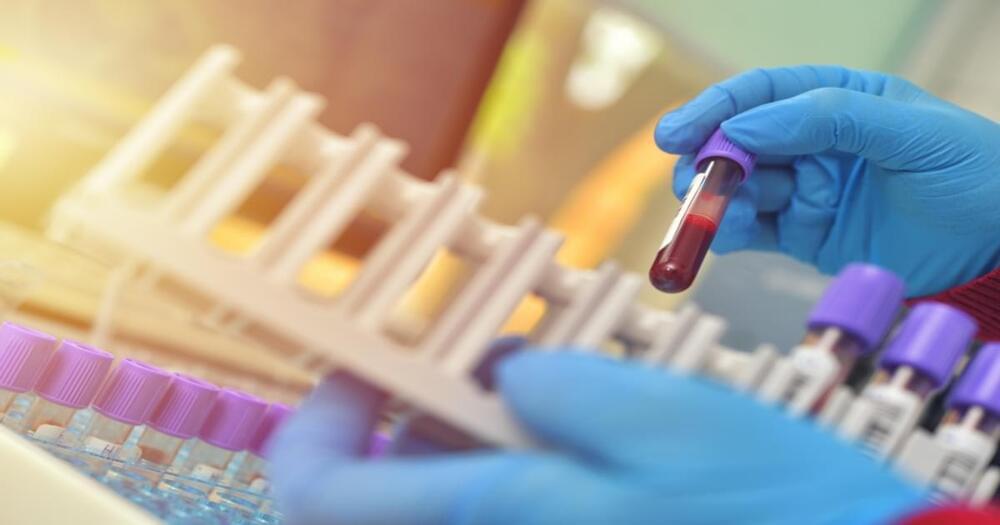A model of human cortical development could be used to instruct novel computational learning approaches. Alysson Muotri, Phd, Sujeeth Bharadwaj, PhD, Weiwei Yang, and Gabrial Silva, MSc, PhD, discuss the promise, the problems, and the potential when biology and artificial intelligence meet. Recorded on 10/14/2021. [3/2022] [Show ID: 37556]
00:00 Start.
00:17 Introduction — Alysson Muotri, PhD, UC San Diego.
11:51 An Information Theoretic Approach to Learning — Sujeeth Bharadwaj, PhD, Microsoft.
30:44 An Alternate Approach to Collectively Solving Intelligence: Machine Learning to Artificial Intelligence — Weiwei Yang, Microsoft.
47:54 Organoids May Have Just the Right Amount of Complexity to Make Sense of the Brain — Gabriel Silva, MSc, PhD, UC San Diego.
Please Note: Knowledge about health and medicine is constantly evolving. This information may become out of date.
More from: Stem Cell Channel.
(https://www.uctv.tv/stem-cell)
Explore More Health & Medicine on UCTV
(https://www.uctv.tv/health)
UCTV features the latest in health and medicine from University of California medical schools. Find the information you need on cancer, transplantation, obesity, disease and much more.
Explore More Science & Technology on UCTV






